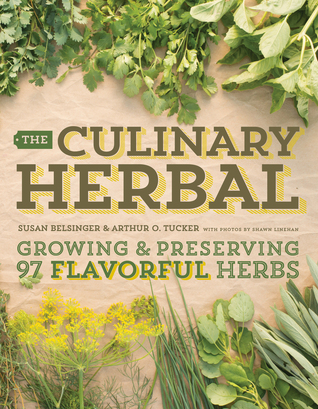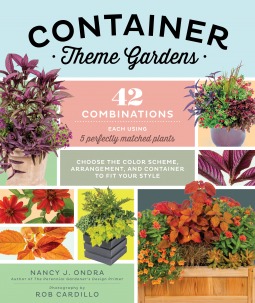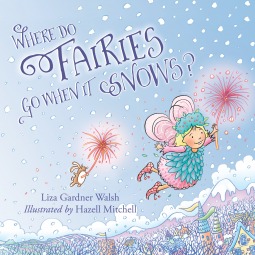The Grumpy Gardener: An A to Z Guide from the Country's Most Irritable Green Thumb by Steve Bender. Gardeners from across the country have turned to Southern Living Senior Garden Editor Steven Bender for his keen knowledge and gardening know-how with equal doses sarcasm and sidesplitting humor for nearly 35 years. This book collects some of the wit and wisdom from the magazine columnist in a single A - Z volume, providing gardeners from coast-to-coast with his valuable tips for planting, troubleshooting, and growing flowers, vegetables, shurbs, trees and more. Sidebars throughout the book - "Ask Grumpy" - help readers tackle common garden problems ("How do I get ride of little house ants?"), and readers from the past 35 years take part in the book when Grumpy shares his favorite reader's responses to some of his advice, his favorite rules for gardening, and Q & A's covering your favorite plants and flowers are all inside. Additionally, beautiful line-drawings and illustrations throughout make the book as beautiful to look at as well as entertaining to read.
The Grumpy Gardener: An A to Z Guide from the Country's Most Irritable Green Thumb is a wonderful resource, and highly entertaining for any garden enthusiast to thumb through for reminders or to simply enjoy the dry humor and snark that accompanies the information throughout the book. I love that the information is very accessible, even for those that have no gardening experience, or have had little success with their gardening attempts thus far. I learned many things about plants I thought I knew well, and will adjust my gardening accordingly. I feel like going back to re read occasional will help remind me of important things, and maybe bring things I missed the first time around or forgot to my attention. The sidebars of reader responses, questions with Bender's answers, and line drawings add an extra layer of humor, and occasionally beauty, to the book as a whole. I will be referring back to this volume regularly, both when garden planning and when I am stumped on how to fix or maintain something that should be growing.











